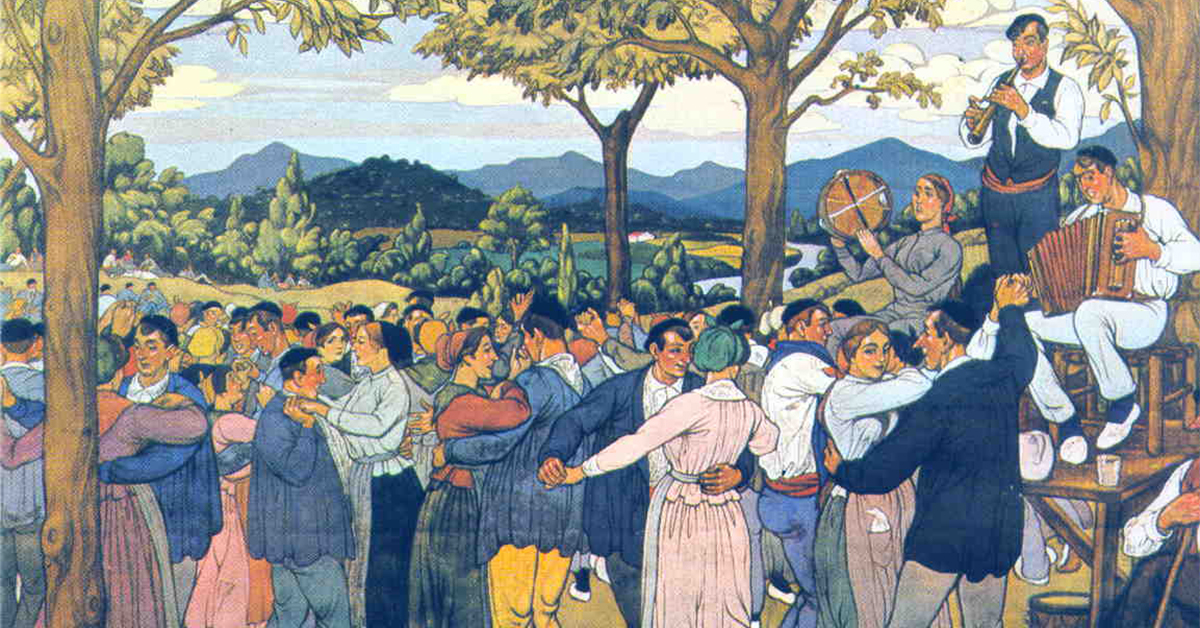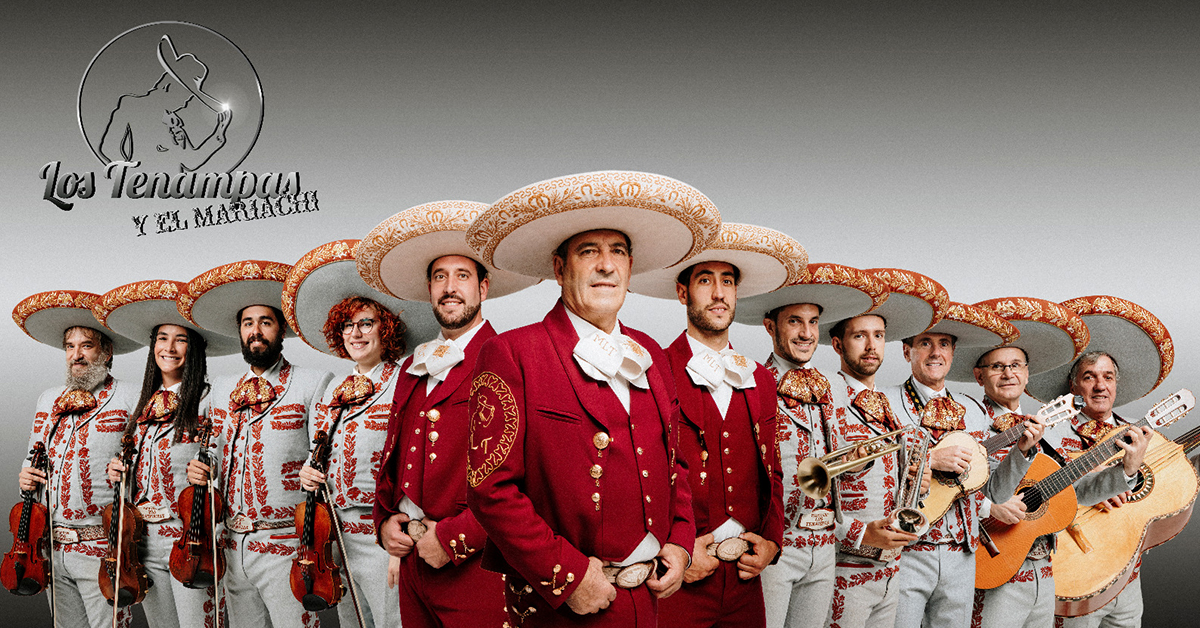Basque ethnography at a glance
The annual festive cycle is known to comprise solar celebrations of fixed date and festivities of variable character (ruled by the full moon of Easter Sunday). We might likewise distinguish between major feasts (St John, Corpus Christi, patron saints’ days…), or commemorations of generic origin and great importance in the diverse Christian liturgies, and minor feasts, punctual observances, or popular local devotions (saints’ days, Marian apparitions, miracles, rogations…), observed in neighbourhoods, parishes and peripheral places of worship.
In this context, traditional patron saint festivities concentrate in the summer season (symbol of a time of prosperity and abundance), rather than throughout the year, beginning with the feast of St John (24 June) and ending immediately after St Michael’s festival (29 September). The social structuring of the community and its organized interactions being reflected in them all, they are usually governed by a common and fairly deep-rooted scheme which we shall now try to unravel.
Ekain’s first baby tooth fell out, almost without realizing it, the same day he turned six years old. Having been loose for days, the tooth unexpectedly dropped to the ground with a jingle as he crunched into a piece of apple.
Generally, deciduous teeth begin to fall out from the age of five or six once the lower front teeth loosen. Such a monumental time represents the beginning of a new stage in our lives, since it marks a before and an after.
Commitment is a pledge, a promise, a dedication, even an obligation. Without entering into value judgments, is fair to say that, in the old days, committing yourself sometimes meant staying committed forever. Now, however, there seems to be a growing disregard for the value of commitment, as far as its duration and content are concerned.
Marital commitment, for instance, used to be indefinite, until death parted the married couple. Today, unions are temporary by definition; in fact, couple, family and neighbourhood relationships are defined as ‘liquid’ bonds, for they are frail and vulnerable. The great Colombian writer Héctor Abad Faciolince maintains: “The great misfortune of marriage, of long love relationships, is the deterioration of desire”. That is to say, if desire fails, there is no sense in maintaining the commitment.
News and thoughts about the positive reception of Mexican ranchera in the Basque Country circulate through the media and social networking sites, and with good reason. Lately, especially in connection with ETB1’s —first television channel from the Euskal Irrati Telebista group, broadcasting entirely in Basque— Oholtza program, tweets and comments full of irony and sarcasm abound.
The high levels of audience registered by the program are truly significant. Because they are indicative of the popularity enjoyed by ranchera music in our country.





